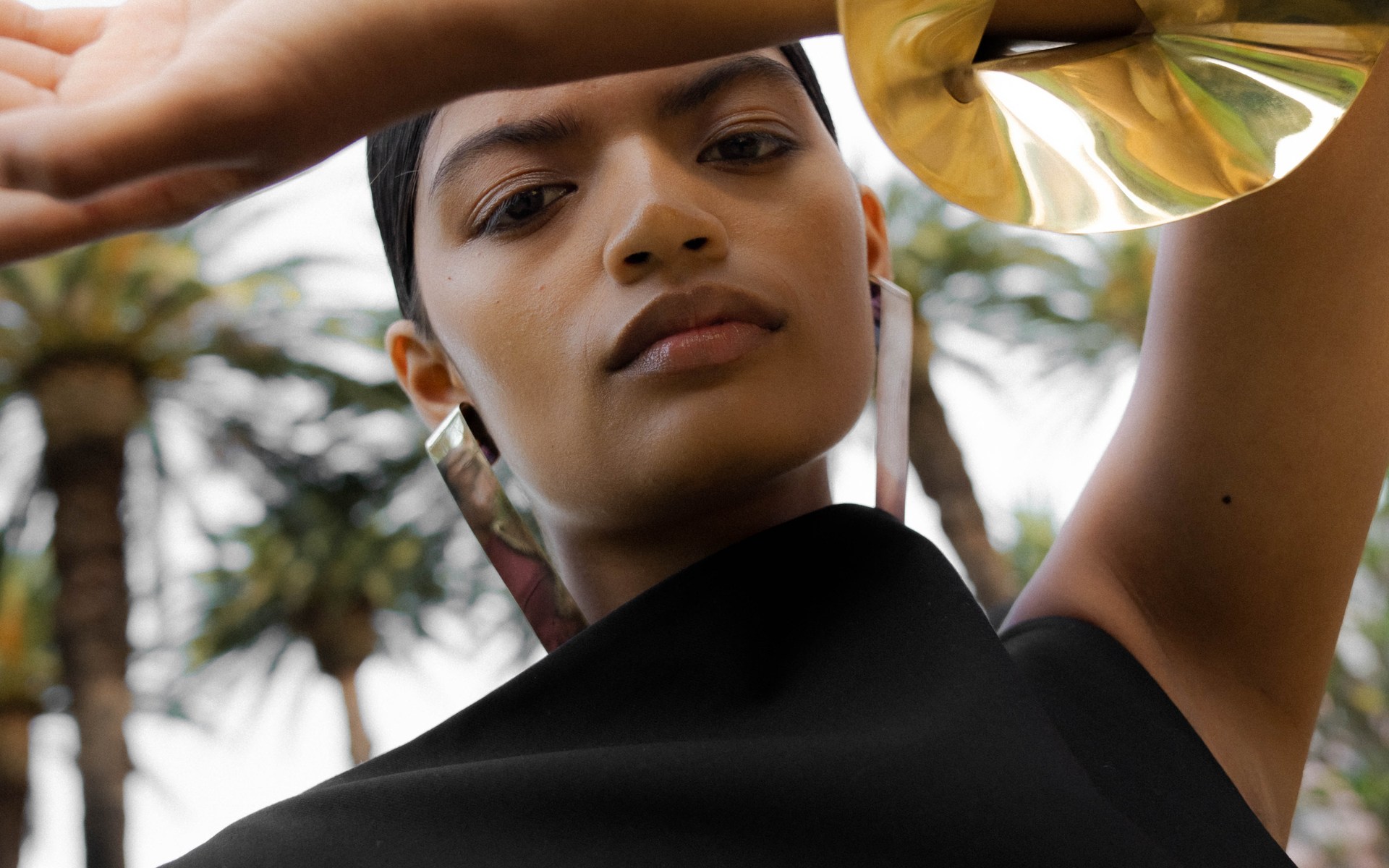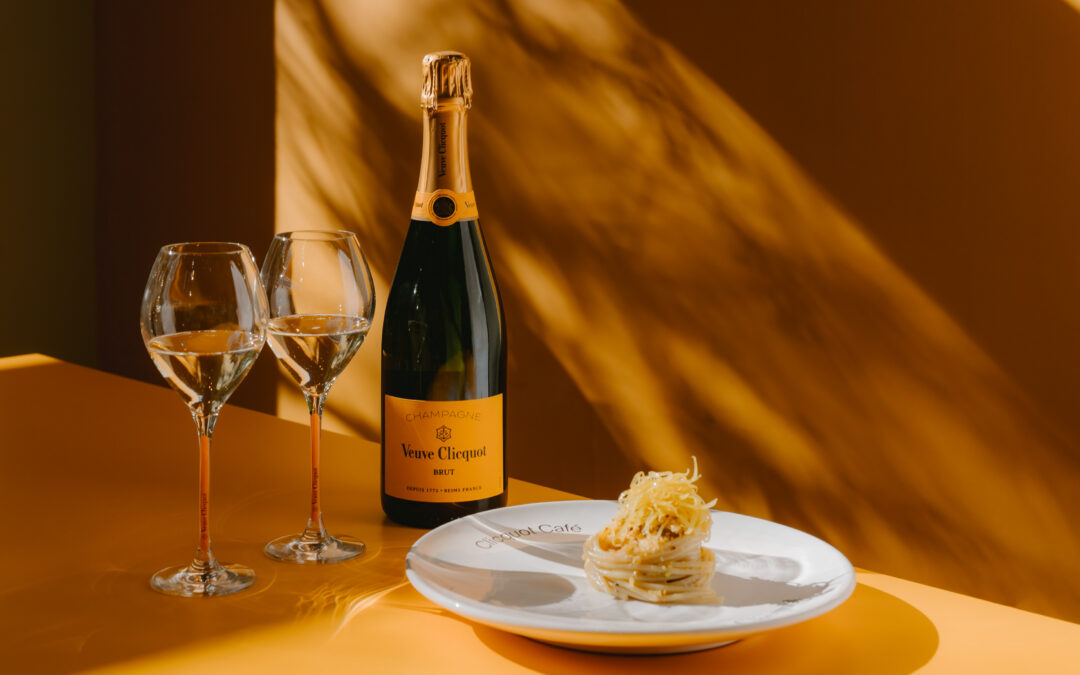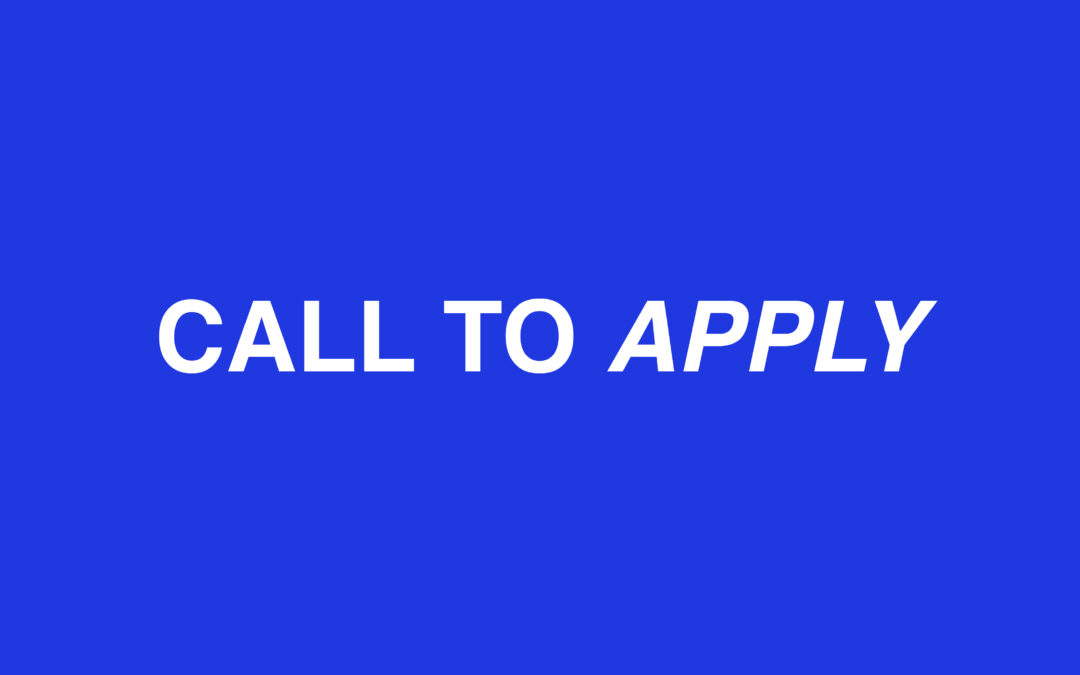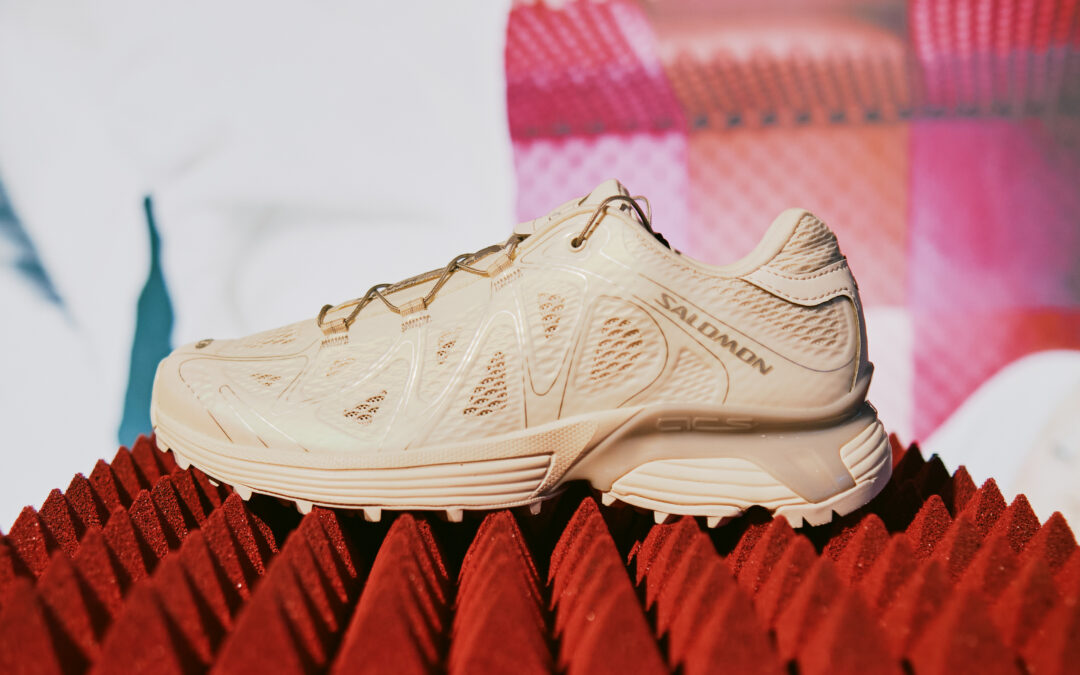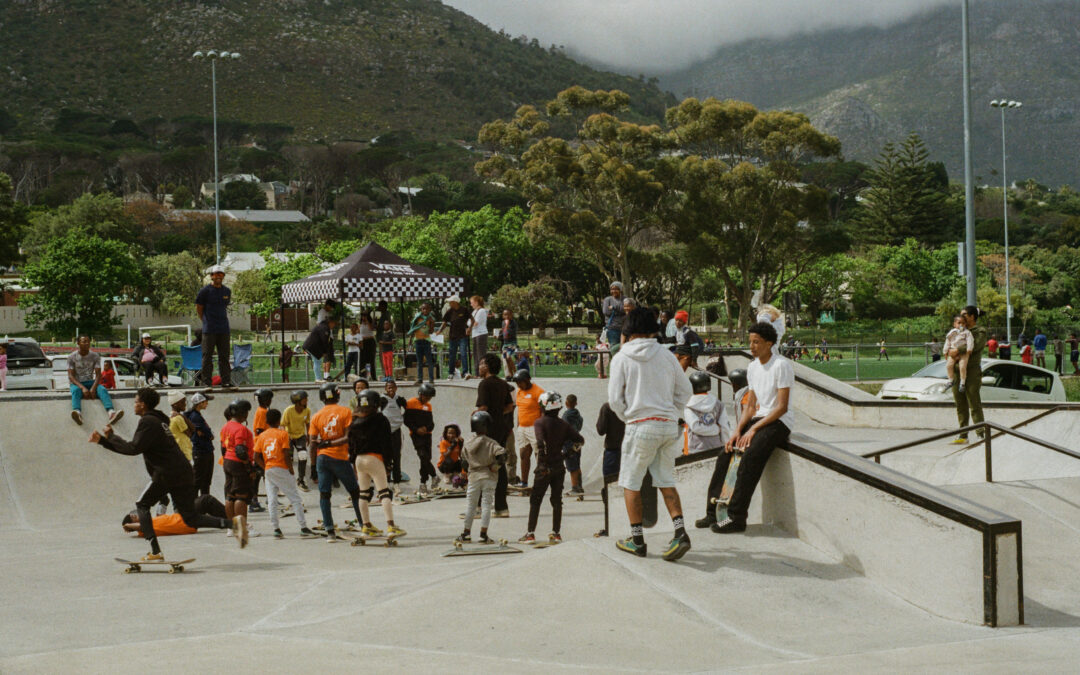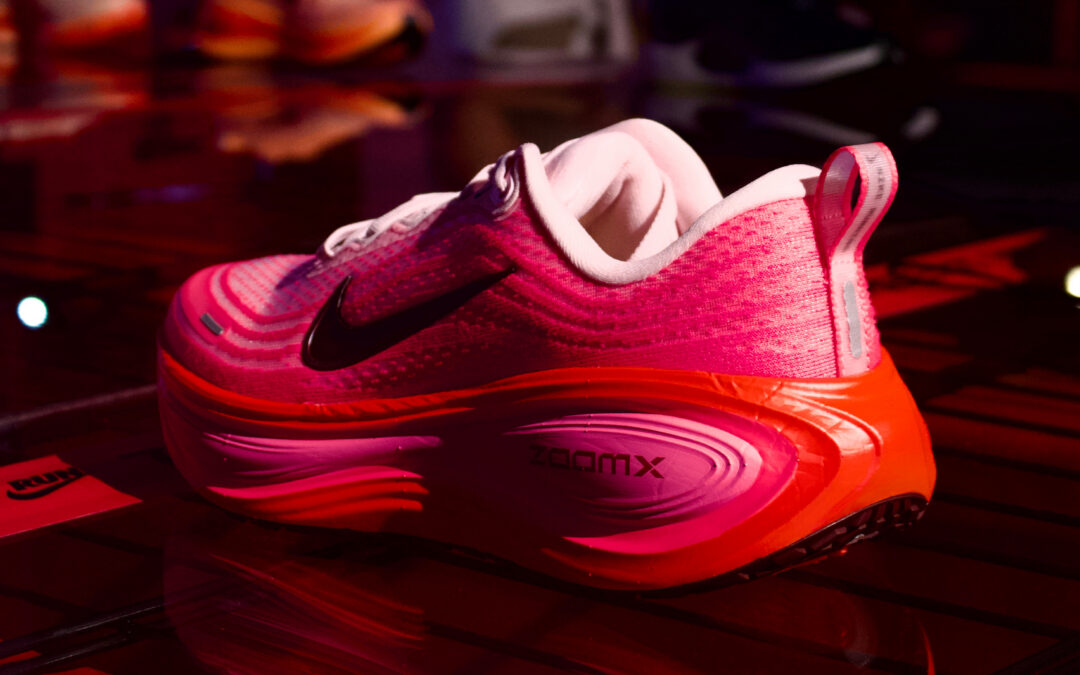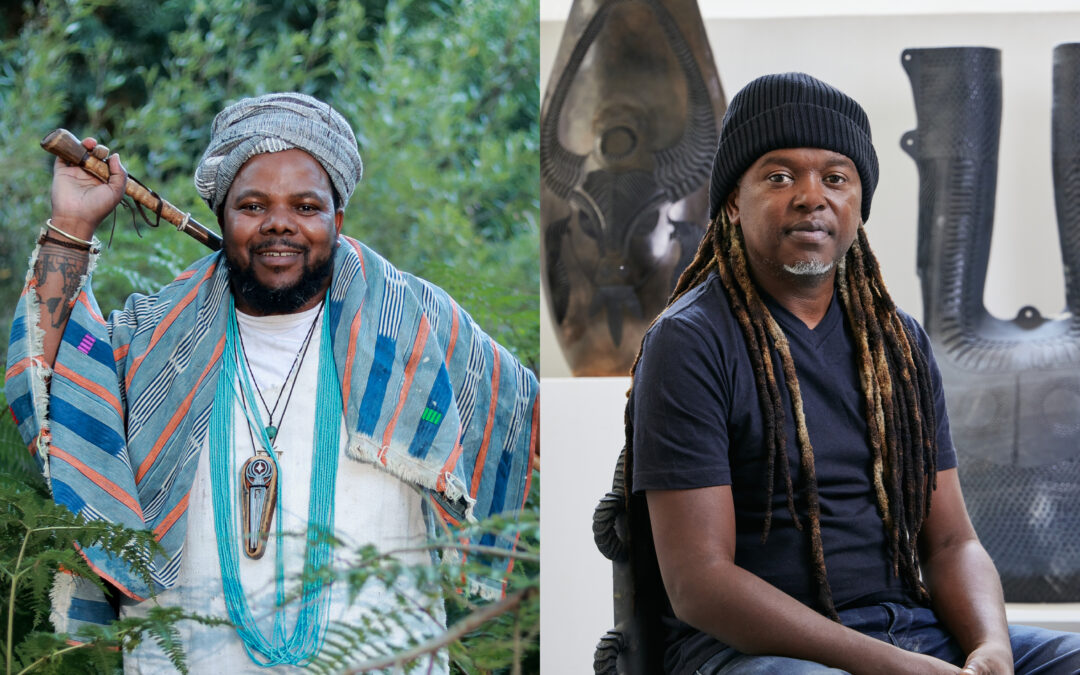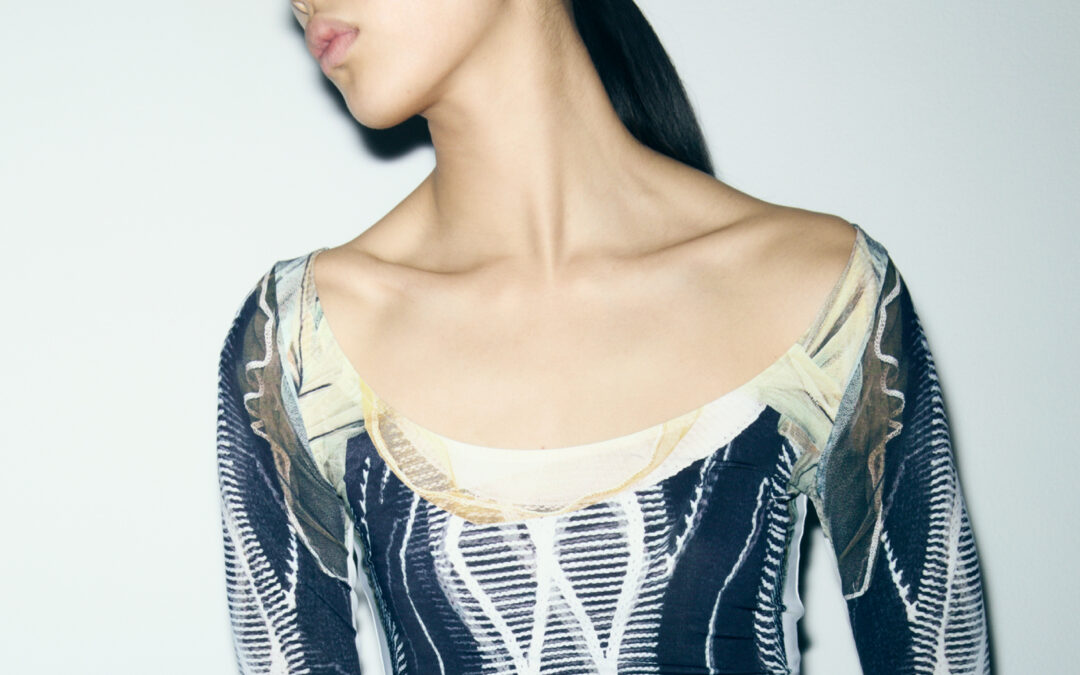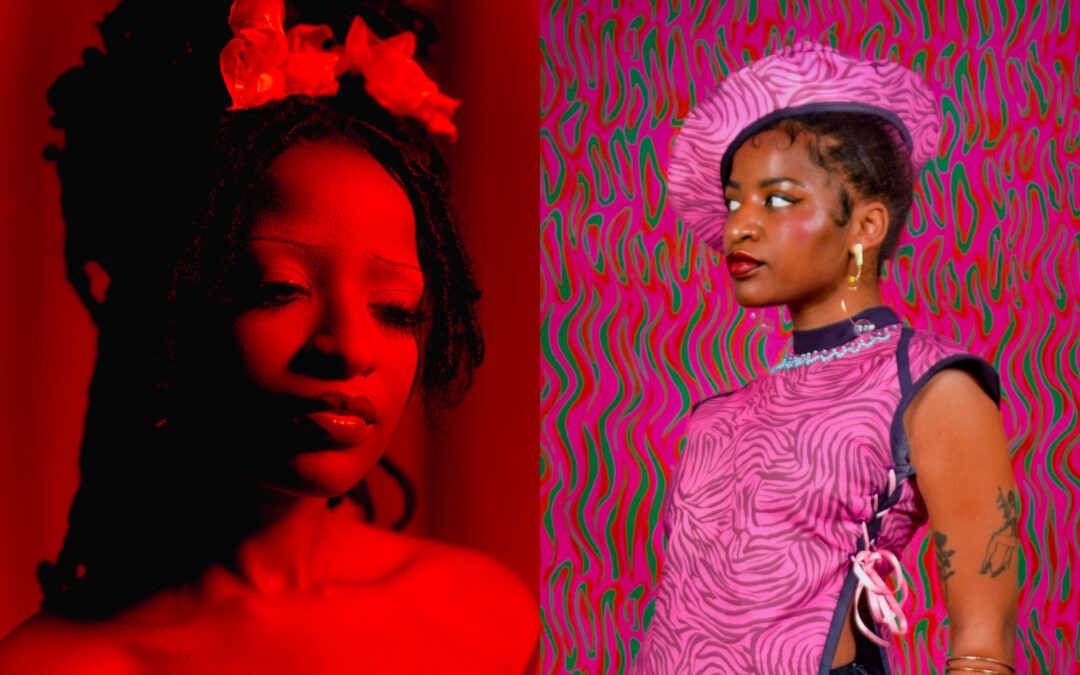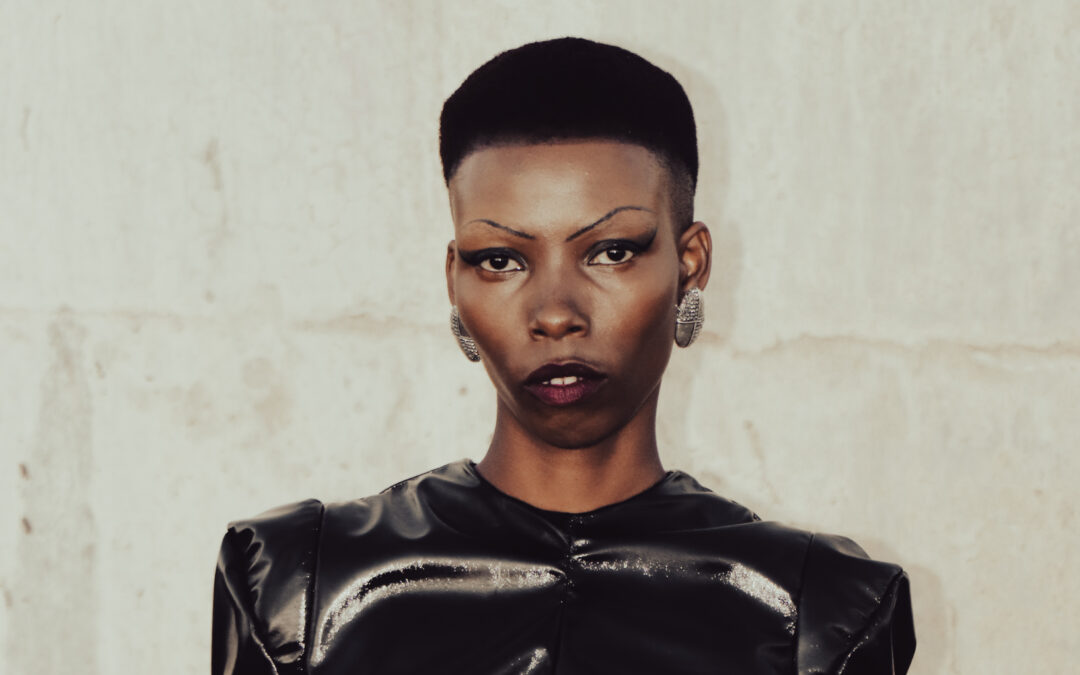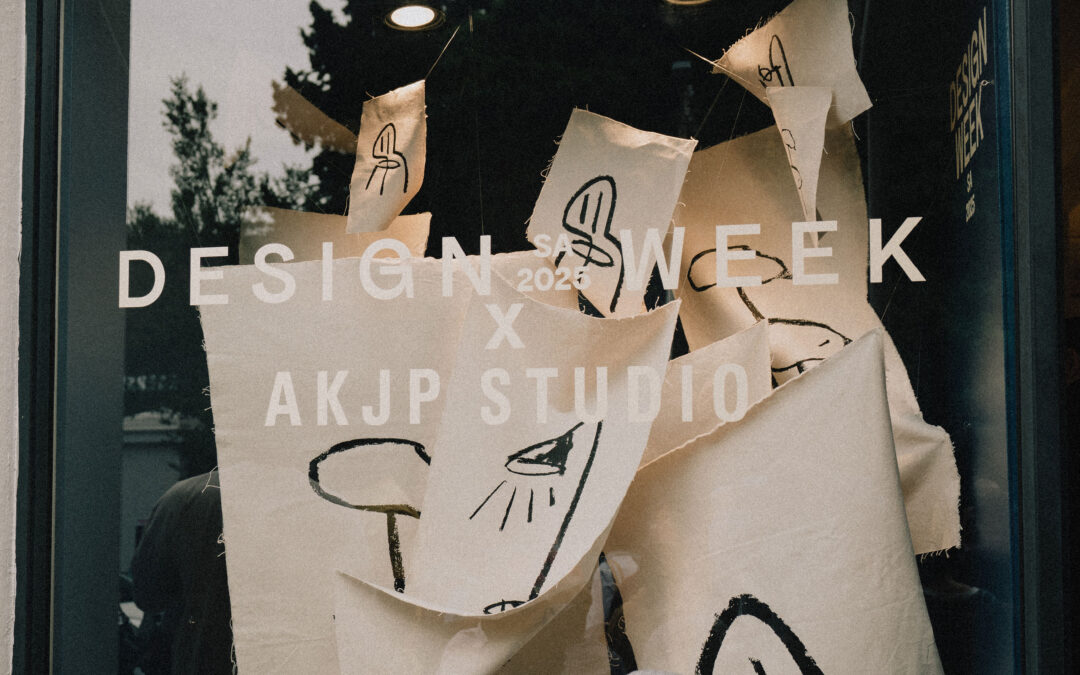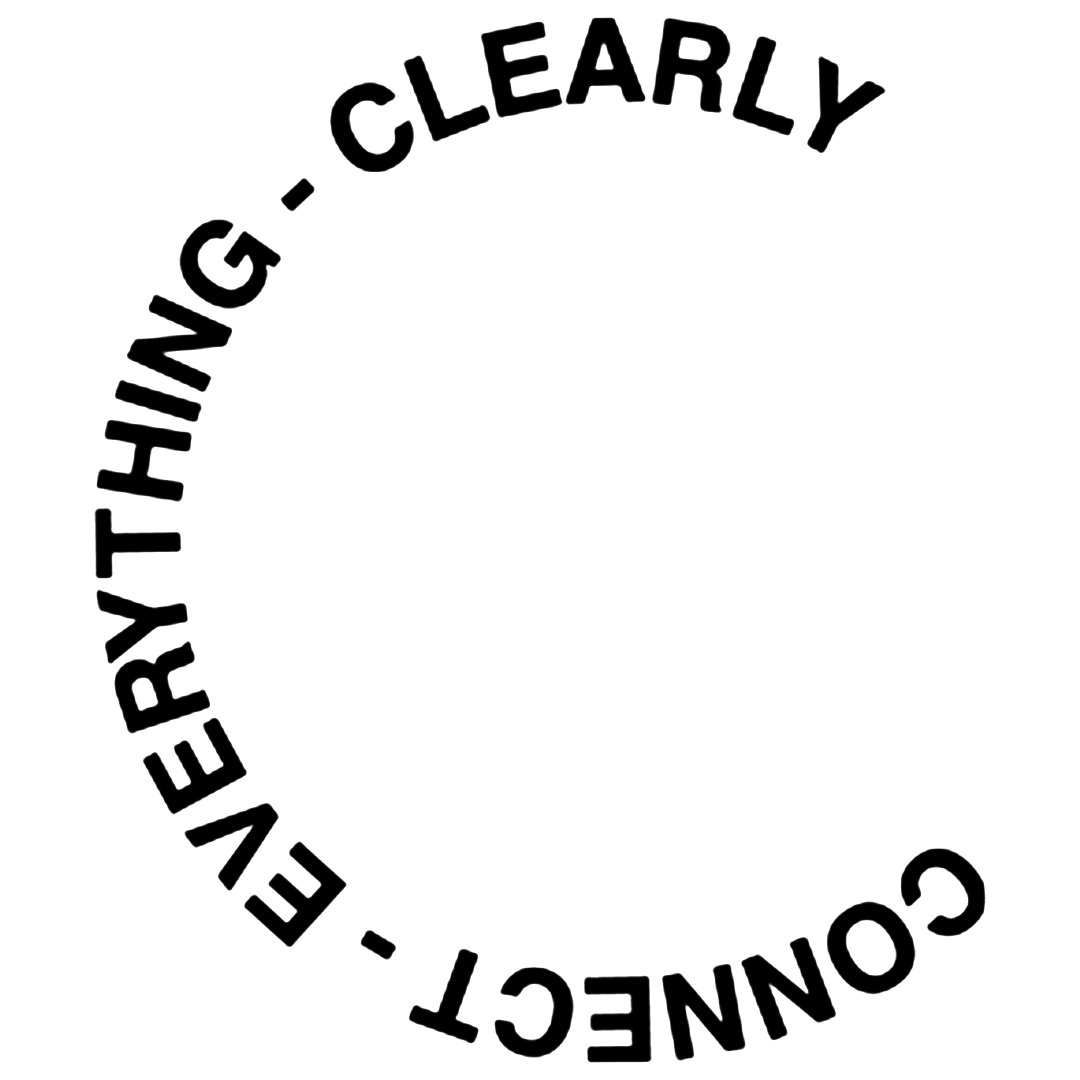I really resist notions of comparison to an ‘international’ appeal — that somehow the weight of a work’s merit lies in its approximation to some far-flung, eurocentric ideal. I also feel strongly that we have ethical responsibilities to each other and to ourselves: to redirect any self-betraying attempts at such comparison, any impulse to bow beneath a gaze that is not our own. So, all this to say; it’s not that which arose as a feeling at Luke Radloff’s UNI FORM show for Collections X Collections.
No. It wasn’t that the show felt international; as I searched the recesses of my mental fashion archive and names like Ferragamo or Alaïa flashed to the fore, I realised it was that I was entirely unprepared for the recognition that this; the work demonstrated by Luke, his Creative Director of Special Projects Bee Diamondhead, UNI FORM’s design team, and the broader “family” (as Luke affectionately describes them) of models, makers and so forth — stands as present South African fashion canon, conceptualised and executed now: with its aesthetic logic, intellectual depth, and emotional truth. It stands entirely on its own terms, and we get to bear witness. In that way, the show and collection was international, in that it was transcendent; in and of itself.
Now in its fourth year, Collections X Collections is the collaborative love child of Twyg and Belmond Mount Nelson Hotel. Each November, it inaugurates the summer season in Cape Town with a showcase of African designers; a few from South Africa, and always at least one from kin elsewhere on the continent. The showcases have become dialogues between craft, context, and consciousness — and year after year, the platform outdoes itself.
This year’s edition was developed under the title Homecoming, with the experience curated over several days as a collective act of reflection by Twyg, Belmond, and Avenue, as a way to re-engage and remember its purpose: to celebrate the immenseness of African design.
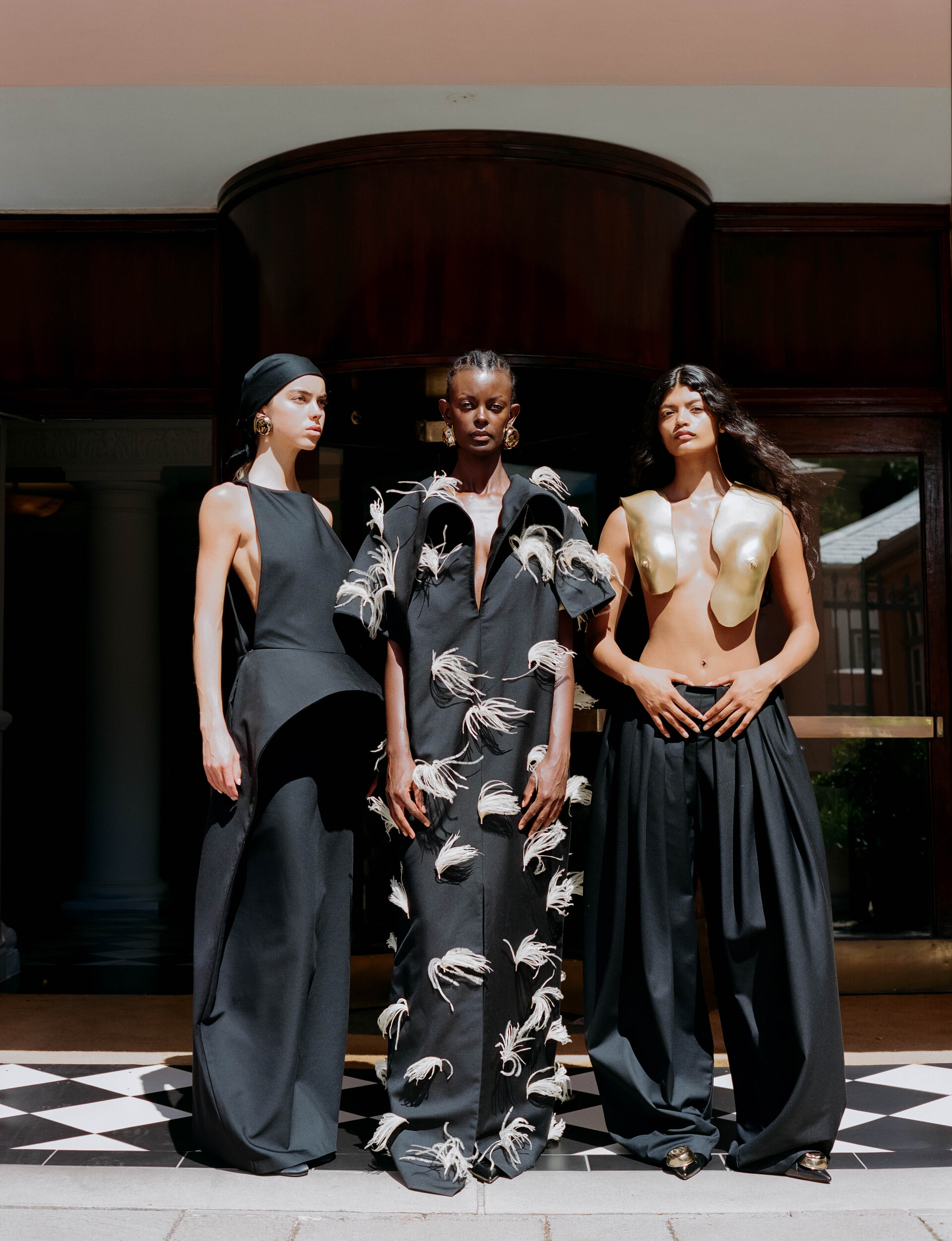
Photography by Dicker & Dane
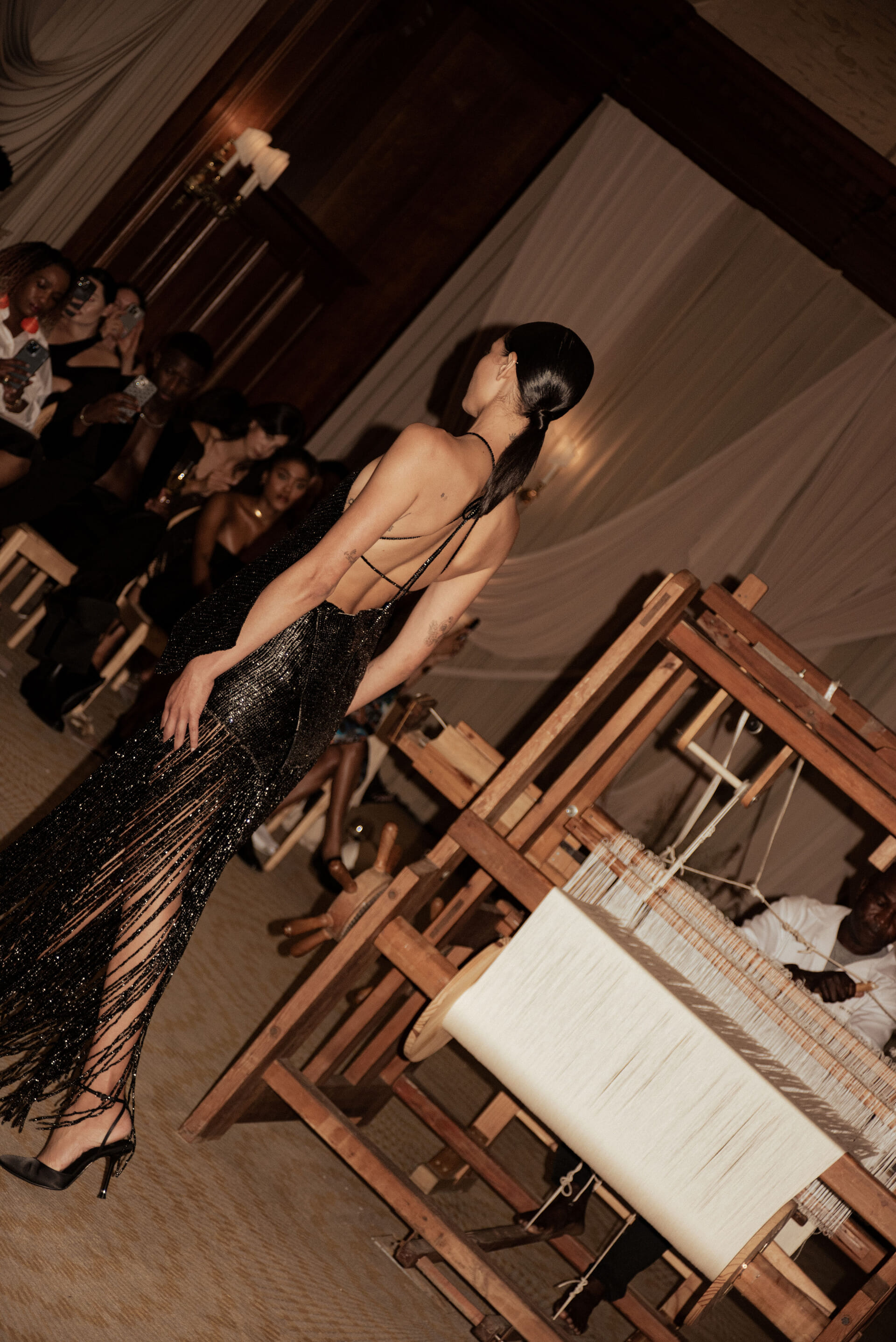
Photography by Nicole Landman
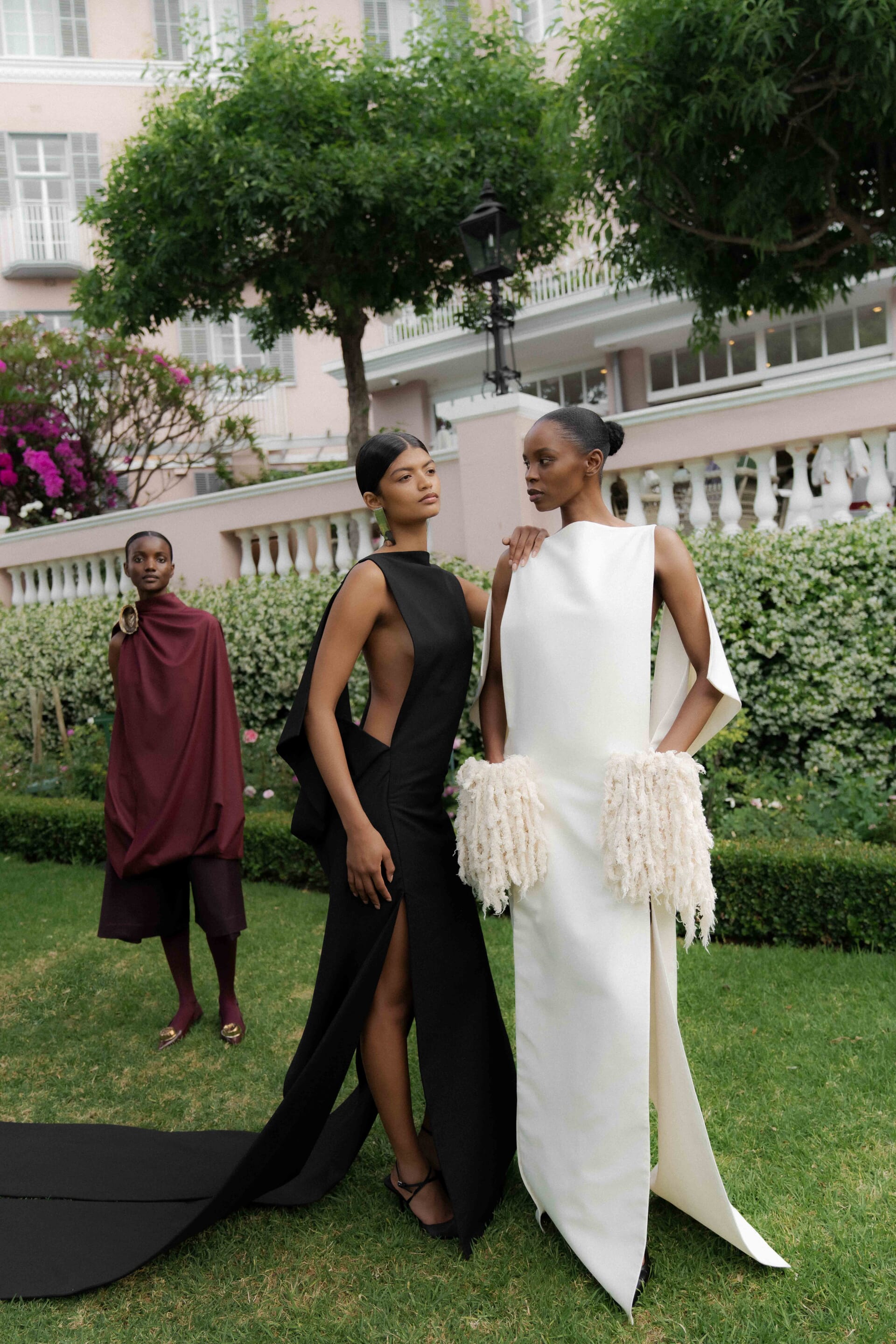
Photography by Nicole Landman
UNI FORM, the Joburg-born and based label and atelier, approached this invitation in a way that was entirely its own. As Luke tells me in our post-show conversation, they were able to request a very specific format for their presentation; one that aligned with their practice rather than conformed to the conventions of fashion performance. As you may know, UNI FORM rarely participates in traditional runway shows or seasonal presentations. Under its Special Projects division, any format must be an opportunity for the brand to convey its guiding philosophy, and that their notion of ‘emotional tailoring’ bears with it the weight of what this means for the brand, its collaborators and audiences – known and unknown. This is not frivolity or excess; this is anything but the consumption of fashion.
The UNI FORM presentation for Collections X Collections was as much a performance of attention as it was of clothing; allegorical to the intimacy between maker and material, audience and object. We gathered in the old Lord Nelson Restaurant Room, seated in concentric circles, and in the centre stood a massive wooden loom — already, a foreboding presence of technical mastery and labour. CxC’s familiar and gracious host, Seth Shezi, requested our silence; and it’s this, I say to Luke, that was the first indication of something special. To get people to sit with bated breath, entirely focused and in an act of collective stillness, is itself an incredible feat.
The show began with a gentleman striding in, almost dancing, as he entered the space and seated himself at the loom; and for the entirety of the presentation, he wove on the loom — feet pressing the pedals in rhythm, hands guiding the shuttle through warp and weft, his steady motion becoming a metronome for the collection itself.
“In terms of asking the audience to sit in silence,” Luke told me, “that was something my creative director Bee Diamondhead came up with. I actually had no idea until afterwards. She told me she wanted the audience to engage with the performers — Tivane, a master weaver from Barrydale Hand Weavers, and Muneyi — and to have the utmost attention and respect for their craft. That’s what we stand for: giving our artisans, crafters, and performers the respect they deserve. And in the world we live in, it’s so hard to keep people’s attention.”
Usually, when the traditional interlude arrives, people drift off to refill their glasses or chat — the spell of the first act briefly broken. For UNI FORM’s Exhale, we were not invited to leave, so we sat; the room held its breath, our anticipation thickening. We remained in silence, completely engaged and in awe. I began to pick apart the details — the way Tivane’s feet pressed one after the other, steady as breath; the way the sound of the shuttle and pedal merged into a hypnotic rhythm, every click, pull, and sigh of fibre centralising the performance. There was a total and utter understanding of the immense time and energy that goes into handcrafting; truly, the hands and spirit that guide.
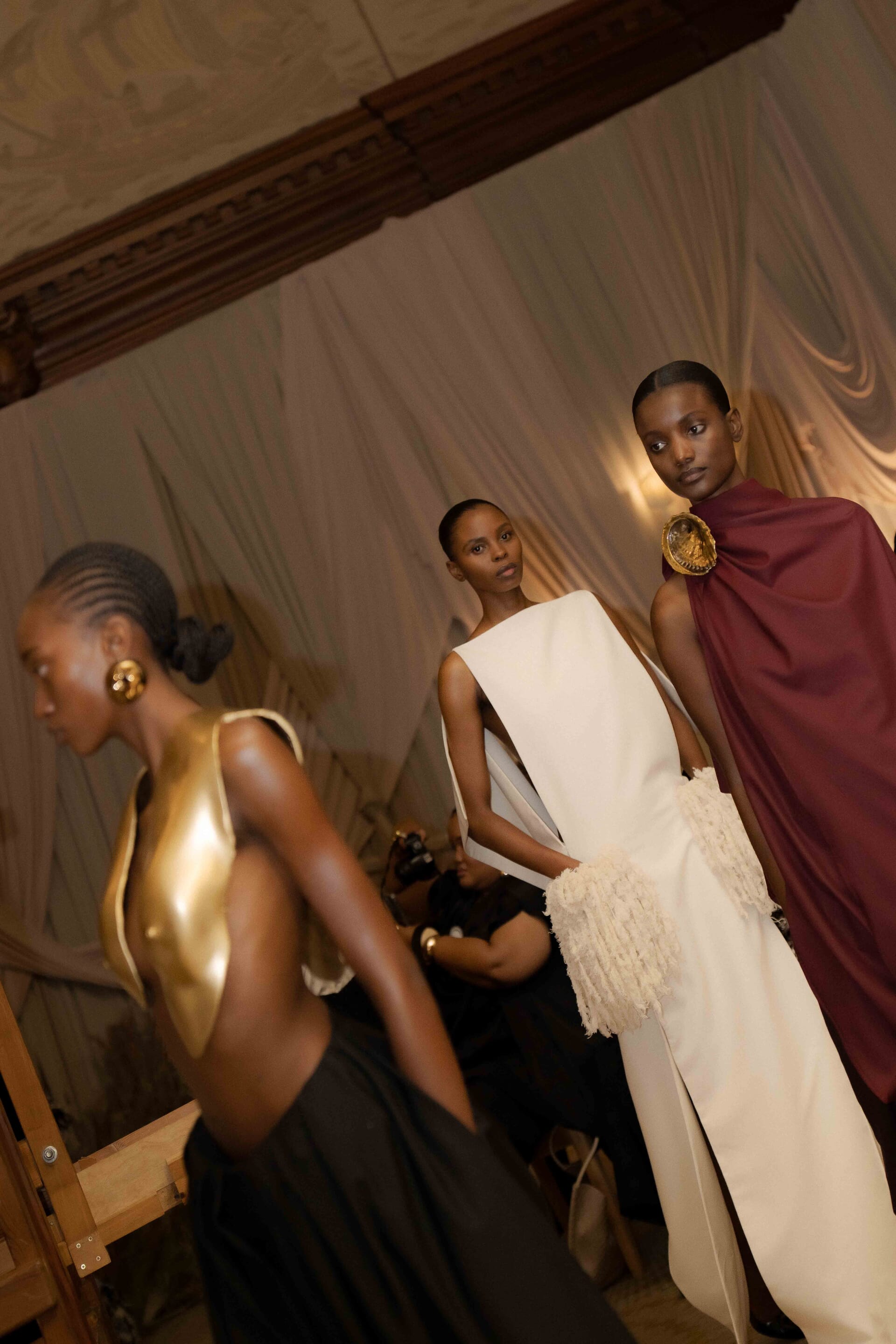
Photography by Nicole Landman
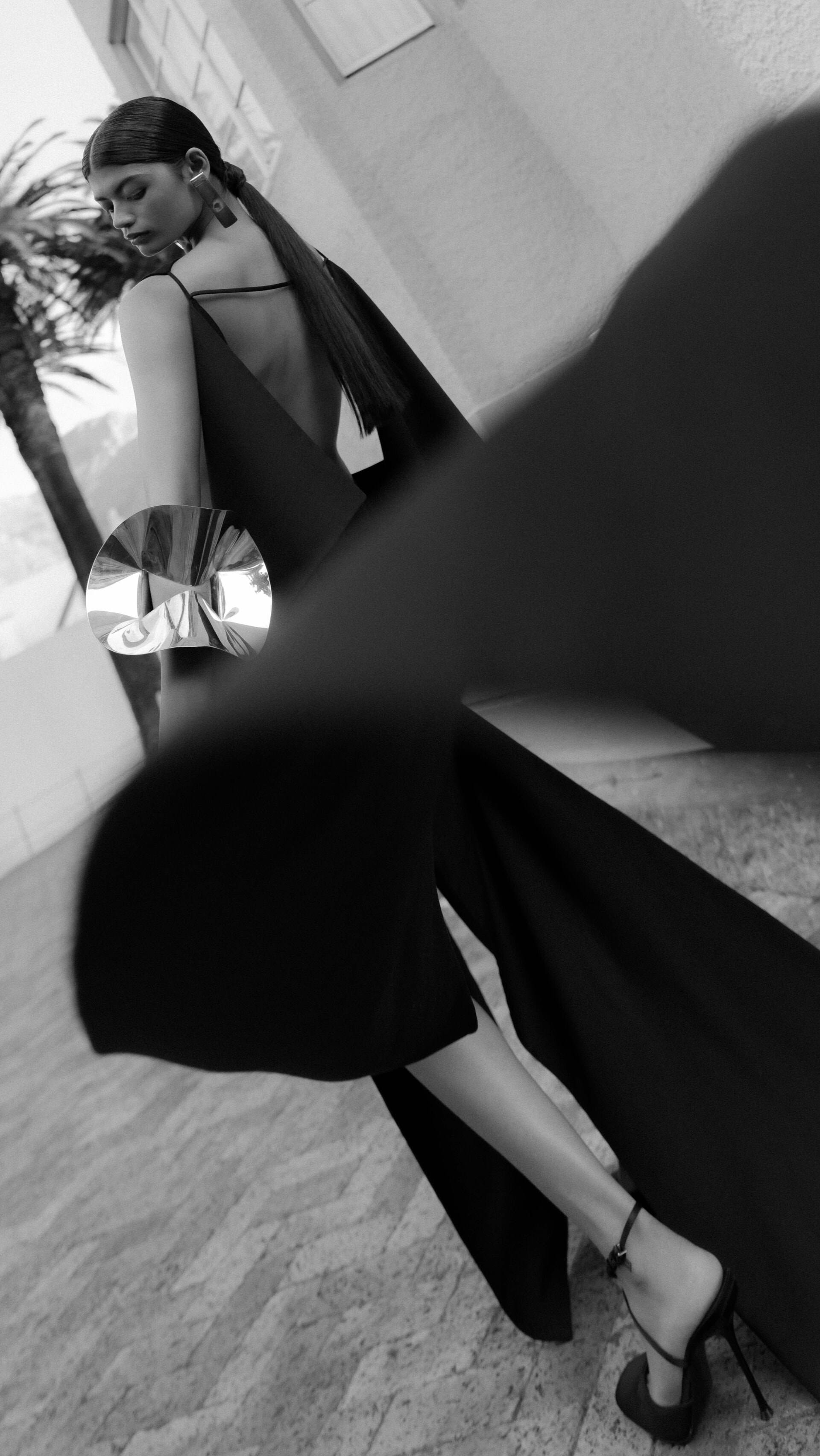
Photography by Candice Bodington of Niné Creatives
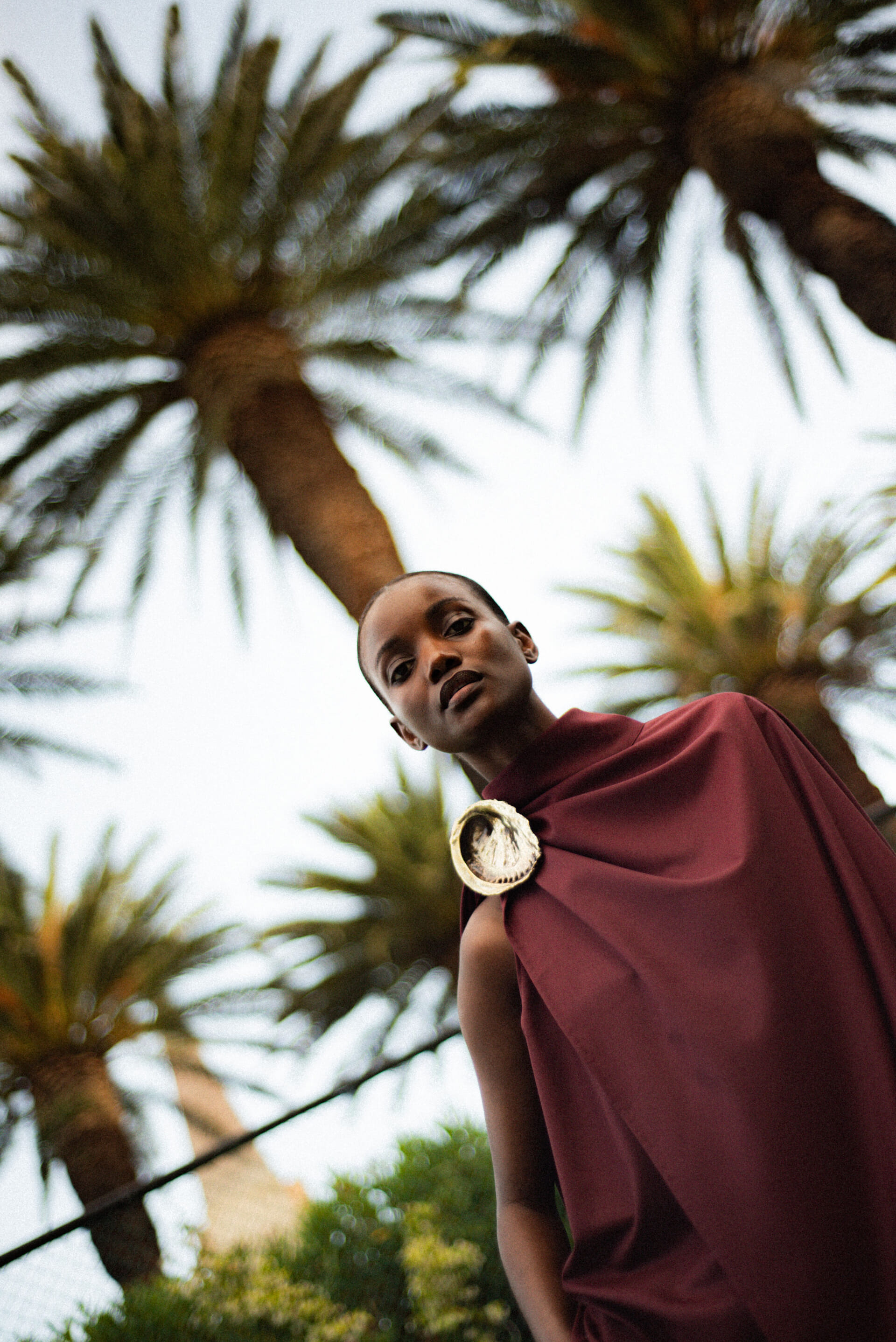
Photography by Nicole Landman
Anointing this, in contrasting sonic waves, folk singer Muneyi appeared on a small balcony above our heads; the conversation between the intensity of the loom’s clatter and Muneyi’s soaring, ethereal vocals enclothing us all. “We wanted everyone to come together and feel something. No drinks in between, no distractions — just presence. The collection is called Exhale, and we hoped that for 45 minutes to an hour, we could get everyone in the room — all our respective communities, the Mount Nelson, Twyg, and UNI FORM — to have that collective moment of release. Everyone’s been describing this as one of the craziest years, so we just wanted that brief moment where people could take their minds off everything and focus on the craft.”
Community is the structure beneath UNI FORM’s design language, and it is for this reason that they chose to centre one of their most important and essential relationships; “For us,” Luke said, “it’s about staying close to home, keeping our community and family together. That’s why we brought in our long-term collaborators Barrydale Hand Weavers. We’ve filmed with them, developed fabrics with them; it’s a relationship of trust. We don’t go in and take over. We develop over and over again with them to get the right weight and texture for a wearable garment.”
The garments themselves are undulated, tailored, clean, and precise — a collection of twenty-four looks grounded in the layered poetics of construction. If you’d told me there were still ways for UNI FORM to become even more succinctly articulated as a design language — as a distillation of resolve — I might not have believed it. Yet the Exhale showcase achieved exactly that; it was emotionally intense without being excessive, wildly feminine without being delicate in any way.
Luke calls his approach emotional tailoring; “It’s exactly what it sounds like — an emotional rollercoaster to get to the product we do. Especially where we come from, with our resources. Locally, there just aren’t people trained to work at the level we’re trying to push. So it’s slow, one-on-one training, long days, lots of doubt. We have a very small team — three tailors — and they put this whole collection together. That’s huge for us.”
“At one point we lost most of our original team and had to start from scratch. It was really intense. There were days I wanted to give up. Maybe I had given up emotionally — but Bee stepped in and said, ‘We just need to start again, everything’s going to be fine.’ She held my hand. Somehow, we made it. Every stitch carries that emotion. That’s why we called it Exhale — we’d been holding our breath.”
When I asked Luke about how Exhale had been received, he smiled, a mix of gratitude and quiet resistance in his tone. “It’s interesting,” he said. “After the fitting, someone told me, ‘Oh, it was amazing, it was so international.’ As complimentary and pure-hearted as that is, it always hits me in the chest. What does that even mean? That’s not how I see the work. For me, it’s truly South African — and I’m proud of that. That’s what I want it to be.”
That pride — of origin, of context, of refusal — runs through every seam of the collection. “I couldn’t stand the thought of making something mass-produced or already available,” Luke continued. “I didn’t want to make perfect white shirts or perfect suits — even our suiting was twisted, had holes in the arms so it could be worn as a cape. I wanted to distance myself from this idea of ‘quiet luxury.’ I didn’t want anything to be quiet. For us, it says a lot — and it says it loudly.”
One such moment — jaw-dropping — saw a model step out wearing a sculptural brass breastplate. “The pants she wore are made with so many pleats, so intricate and time-consuming, I couldn’t have a top distracting from it,” Luke explained. The breastplate became one of several extraordinary accessories — gold-plated brass pieces, sharp yet fluid, cinching the collection together entirely; armour for the ages.
“We worked closely with our accessory partner, Ivka Čiča of Čiča Studio in Johannesburg. She forges everything locally. We collaborated closely to develop the pieces, and we wanted to go big — not just for the sake of it, but because something unlocked. I realised I wanted to be as free as possible with my work. When you can get to that point — where you don’t judge the work too much — you can create and then step back and say, that’s what I created. In the past, I might have been harsher on myself or restricted myself because I thought, that’s not UNI FORM, that feels too this or too that. I’d throw things out and restart.”
Luke’s arrival at Exhale is a surrender to the emotion of culmination; this is a designer for whom the road has been arduous and deep, yet whose endurance is singular, sustained by purpose. I am reminded of the importance of every effort, and care, to honour the process as much as the outcome — to let the making itself be the meaning.
To end off, I ask about Luke’s creative partner, Bee Diamondhead (a sartorial force who needs no introduction); his co-visionary who joined him onstage to bow. “I always say she busted down my studio door like, ‘I’m here and I’m not leaving,’” he laughed. “And she never left. She’s loyal, she’s so fierce with her beliefs. It’s wonderful to work with someone like that. Everyone needs someone like Beae— someone who totally understands what you do, protects the integrity of the work, and believes in it. I’m really lucky in that respect that she came into my life and said, I respect what you do and I want to be a part of it every day. She really did that with this collection. I couldn’t have done it without her.”
This is UNI FORM’s deep gift of attention; coaxing us toward the act of seeing as communion, departing from consumption. In fashion, we must be reminded of this as a practice of presence: to look closely, to touch, to feel what has been made and what it means. This is the essence of sartorial consciousness, and an awakening to the dialogue between body, fabric, and intention; a remembering that to dress, at its highest form, is to participate in care. I bow, humbly and irreverently, to this reminder from UNI FORM.
Written by Holly Beaton
For more news, visit the Connect Everything Collective homepage www.ceconline.co.za

